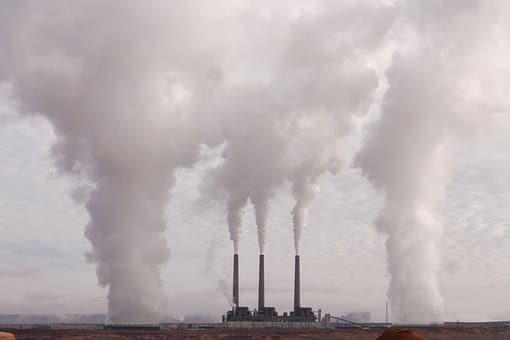California Takes Steps to Ensure Equity for Disadvantaged Communities in Climate Adaptation Strategies

The California Public Utilities Commission on Aug. 27 issued a decision providing guidelines on how regulated energy utilities should address vulnerabilities caused by climate change and engage with disadvantaged communities on adaptation measures. The decision ensures equitability by requiring utilities to minimize the climate-related impacts of infrastructure, operations, and service changes for the most vulnerable and disadvantaged communities.
Among the key requirements, the decision calls for increased focus on disadvantaged communities when investor-owned utilities engage in infrastructure, operational, or service changes. The commission requires utilities to engage with these communities and develop plans as part of their vulnerability assessments for variables such as sea level changes, extreme temperatures, and wildfires. Further, utilities must file assessments every four years corresponding to their general rate case cycles.
The commission opened a docket in April 2018 to consider ways to integrate climate change issues in commission proceedings and activities, underscoring that climate adaptation planning is a prudent next step for safe and reliable operations of investor-owned public utilities. Phase I of the proceeding focused on climate-related risks facing electricity and natural gas utilities, exploring data, tools, and resources needed to incorporate climate adaptation in utility planning and operations.
Phase I considered five topics: definition of climate adaptation; data sources, models, and tools for decision-making; guidelines for utility climate adaptation assessment and planning; identifying and prioritizing actions for vulnerable and disadvantaged communities; and establishing a framework for climate-related decision-making and accountability. The latest announcement marks the second and final of two decisions in the first phase, addressing the fourth and fifth topics. The first decision was issued in October 2019.
The aforementioned measures are the latest push forward from the proceeding launched in 2018, which ushers in adaptability to climate change as a major aspect for stakeholders. California is a leader in climate policy with an ambitious goal of slashing emissions 40 percent below 1990 levels by 2030.
EnerKnol Pulses like this one are powered by the EnerKnol Platform—the first comprehensive database for real-time energy policy tracking. Sign up for a free trial below for access to key regulatory data and deep industry insights across the energy spectrum.
ACCESS FREE TRIAL


